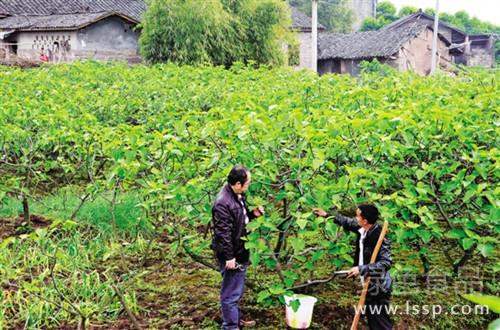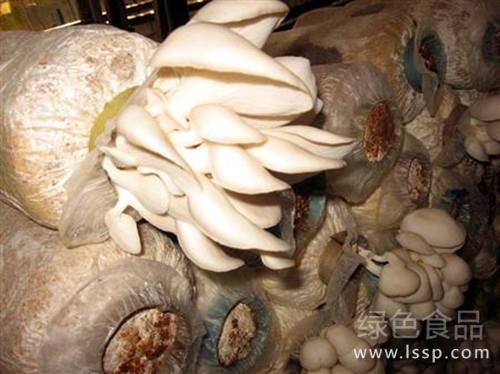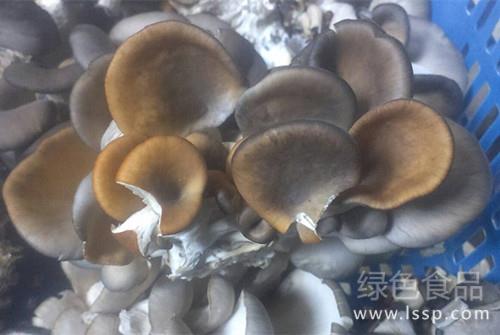Neglect of management quality and yield drop topdressing techniques for fig trees
In recent years, figs are favored by the majority of consumers because of their high nutrition, so many fruit farmers have planted figs one after another, but due to the neglect of fig management, resulting in yield, quality decline, resulting in a lot of losses. Now share the fertilization technology of figs with fruit growers.

Fig fertilization
1. During the period of fertilization, it is divided into base fertilizer and topdressing:
(1) Base fertilizer: the application of fig base fertilizer can be carried out after pruning from November to December, but it is suitable from late February to early March. Figs do not need to plough deeply like other fruit trees, fertilizer is applied early and sprinkled on the surface of withered leaves, it will lose more with wind, rain and snow. But it is not appropriate to apply it late. After 3 months, the application of base fertilizer, fertilizer maturity, decomposition and infiltration will take a certain time, and the absorption and utilization in the early stage will be affected. The base fertilizer is mainly organic fertilizer, and compound fertilizer is used together. It can supply figs with nutrients for a long time, constantly replenish nutrients and restore tree potential. It also lays the foundation for the growth and fruit of the following year.
(2) topdressing: in fig cultivation, it is divided into early topdressing (summer fertilizer) and late topdressing (autumn fertilizer). That is, on the basis of the application of base fertilizer, combined with the characteristics of fertilizer demand in each period, to adjust the contradiction between growth and fruit, to ensure high yield, stable yield and high quality.
The specific period and times of topdressing should be determined according to the growth status of figs and soil fertility. It is generally divided into 3 to 6 times. In the high temperature and rainy area, the nutrient is easy to be lost, the times of topdressing should be more and the amount of fertilizer should be less; the tree potential is weak and the root growth is poor, so it is necessary to increase the times of topdressing; young trees should be applied more and more in the early stage and less in the later stage to promote the growth and enrichment of new shoots and enhance the cold resistance.
Fig plants grow fast in the early stage and need a lot of fertilizer. With the continuous inflorescence differentiation with the elongation of new shoots, the peak of fertilizer demand was from late May to mid-July, when topdressing played a key role in the whole growth period of figs. The main purpose is to solve the contradiction between the supply and demand of new shoot elongation, fig development and tree storage during the period of nutrient conversion.
2. The amount of fertilizer applied to figs should be comprehensively analyzed combined with soil fertility, tree age, yield target and so on. And through the fertilization experiment, it was constantly adjusted to make the amount of fertilizer fully meet the growth needs of figs.
In the garden with fertile soil, more organic matter and strong trees, the amount of fertilizer applied is 10% to 15% less than the standard. The fig plants with strong trees in the same garden should be applied less, while those with weak trees should be applied more appropriately to meet the nutrient supply and make the trees strong. However, it should not be applied too much at one time and should be carried out as many times as possible to prevent fertilizer damage caused by excessive fertilizer concentration in the root. The amount of fertilizer applied to young trees is generally 60% to 70% of that of adult trees. If the amount of fertilizer applied in the young tree is too much, it is easy to cause the shoot to grow, sprout many useless secondary shoots, decrease the cold resistance and cause frost injury in winter. Should avoid to increase the amount of fertilizer to speed up the speed of gardening, haste makes waste, often lead to failure.
- Prev

Prevention and treatment of physiological Diseases of Edible Fungi
Prevention and treatment of physiological Diseases of Edible Fungi
- Next

Prevention and treatment of Pleurotus ostreatus yellow mushroom disease with sticky and fragile Pleurotus ostreatus
Prevention and treatment of Pleurotus ostreatus yellow mushroom disease with sticky and fragile Pleurotus ostreatus
Related
- Fuxing push coffee new agricultural production and marketing class: lack of small-scale processing plants
- Jujube rice field leisure farm deep ploughing Yilan for five years to create a space for organic food and play
- Nongyu Farm-A trial of organic papaya for brave women with advanced technology
- Four points for attention in the prevention and control of diseases and insect pests of edible fungi
- How to add nutrient solution to Edible Fungi
- Is there any good way to control edible fungus mites?
- Open Inoculation Technology of Edible Fungi
- Is there any clever way to use fertilizer for edible fungus in winter?
- What agents are used to kill the pathogens of edible fungi in the mushroom shed?
- Rapid drying of Edible Fungi

